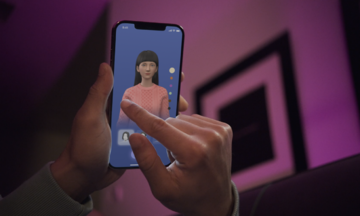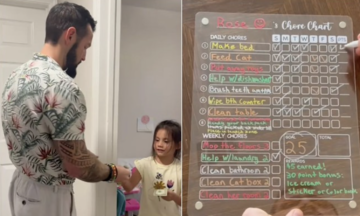42-year-old Sue Ann Teo decided to quit her job as a department head for a Singaporean marketing company after 7 years, despite a high salary, excellent benefits, and a perfect work environment. "I wasn't burnt out, I just wanted to enjoy life more," she said. Teo plans to take a few years off, occasionally working part-time for a startup to supplement her income and keep her skills sharp.
People like Teo are a growing trend worldwide. They're being called "sabbatical takers"—those who take a break mid-career. The word "sabbatical" originates from agriculture, referring to the period when farmers rested between harvests.
These individuals question the traditional notion of "work hard when young, relax when old." They argue it's a misconception because old age is often associated with poorer health and more illnesses, hindering the enjoyment of life. Why not enjoy life in their prime, they ask, rather than waiting for retirement?
According to a 2024 McKinsey survey, 45% of millennial and Gen Z workers in Asia said they were willing to take a career break within the next 5 years to pursue personal goals or reorient themselves.
A 2025 LinkedIn report also noted a 39% increase in profiles marked "career break" compared to 2021, indicating that sabbaticals are becoming a more common choice.
 |
Illustrative photo: Pexels |
Illustrative photo: Pexels
Shub Faujdar, director of the JobS-ME Singapore job platform, said many people in their 20s are abandoning the constant work-and-save lifestyle. Instead, they're opting for short breaks to recover, learn new skills, or explore themselves, while maintaining a sense of control over their lives.
Unlike those who lose their jobs and often feel lost, sabbatical takers tend to reflect, clearly define their direction, plan their re-entry into the job market, and set their next goals. "How a person actively shapes their time off turns it into a decision, not a passive gap," Faujdar said.
Experts believe this trend is gaining popularity thanks to young people's proactive financial management. While sabbaticals were previously unfeasible due to financial burdens, many are now financially secure enough to take breaks long before retirement age.
Ho Shu Huang, a 43-year-old university lecturer in Singapore, quit his job in 2022 after nearly 20 years of saving and investing. With no children and financially independent parents, he was in a position to pause his full-time work.
"Persistence gave me the option to take a break," he said. In addition to financial factors, the growth of the gig economy has also made sabbaticals more accessible.
Faujdar noted that many people can now work on projects without losing touch with their profession. "If money is the only goal, people are more open to other options," she said.
Ching, a 30-year-old bank employee, took a year off. However, she admitted that returning to the job market isn't easy, especially after a long break without continuous learning. "Employers might have questions if the career gap isn't clearly explained," she said.
Joey Kang, a consulting director at Workforce Singapore, said some individuals may lose confidence due to the lack of a work environment, routine, and recognition. They may also face difficulties negotiating salaries comparable to their previous levels.
Kang advised workers to prepare thoroughly before taking a break, defining the duration, creating a detailed financial plan, and setting specific goals. For example, completing a three-month course or updating their resume a month before returning to work.
"It's important that you don't disappear," she said, emphasizing the importance of maintaining a presence in one's professional network.
Those taking a break can update their LinkedIn profiles with content related to courses, seminars, or volunteer work. They should also interact regularly by asking questions and sharing professional insights.
Ngoc Ngan (CNA)












